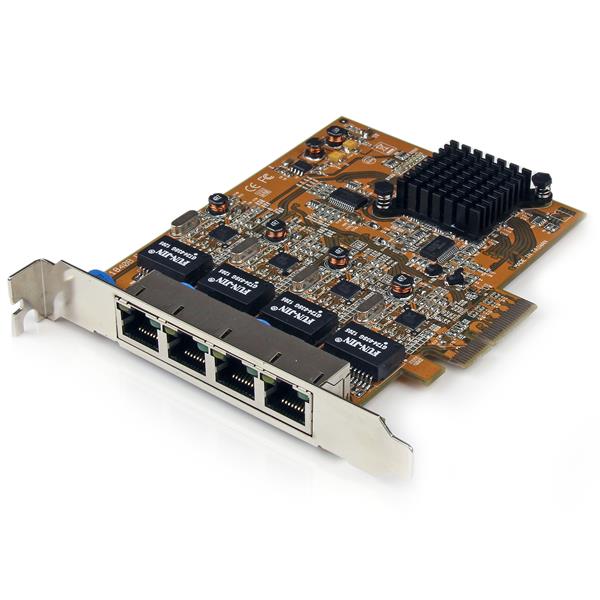My fault, I did not behave as courteously as I should have. I thankfully accept your apology, even though none was required.
Why not just do what?
Calm down and take a deep breath 
I run OpenWRT on my Archer C7 V5 router that now acts as Access Point. Before upgrade I had 300Mbit FTTH (PPPoE) and Archer C7 could max it up to 310Mbit downstream with offload. Withoud offload it maxed my 300Mbit FTTH (note: PPPoE with VLANs - Orange has pretty complicated FTTH approach, two separate tunnels for ipv4 and ipv6) with speeds circa 250Mbit.
Ubiquity Edge Router 4 has stock firmware.
I've seen quite a lot of people suggesting either the Edgerouter or the MIKROTIK (RB750GR3) with a separate access point that maxes out their 500Mbps line but not seen anything for a 1Gbps...
Ubiquity EdgeRouter ER-4 can process up to 3,4mil packets/s.
It has 4-core 1ghz mips and 1gig of ram.
It is supposed to enable full 2-mebit full-dupex connection via ethernet or via gbic unless you do fun stuff with firewall.
My home setup consists of:
- Huawei ONS FTTH modem (1gbit ftth) connected via Cat-6 ethernet to
- Ubiquity ER-4 router port;
- router is connected via managed NetGear GS108T gigabit switch to
- tp-link Archer C7 V5 AP
and other devices.
ER-4 has 3 ethernet and 1 SFP ports, can be configured to any role (including redundant WAN etc), note it has no switch build-in. If you want to reduce clutter I suggest to go with higher model ER-12 that includes integrated gigabit switch - but CPU and ram and even firmware is the same for both.
OpenWRT is great for router and AP but it cannot be compared to raw power of hw accelaration.
Fully agree with you, but, one day sooner or later Ubiquity will discontinue the product and won't receive more support/updates, and OpenWRT + x86 will be updated/supported "forever".
I do agree, OpenWRT on x64 X86 can be considered future-proof.
My network shelf is simply too small to accommodate another PC. I used to run my PCs full time in the past but I moved to dedicated NAS and two Raspberry Pi for 24x7 applications.
It would be simply too hot (just considering heat created by PC).
There are mini PCs that are smaller than a typical consumer router and use ~ 10-15 watts.
For example a higher end one here
ODROID H2, ~13 cm cube, well under 10 W idle, with J4105, dual NICs, and built with dual, mirrored SSDs. Shorter cases available if you don't need the dual SSDs (~6 cm tall).
I was not aware those mini-PCs become so cheap. Still, Ubiquity ER-4 ($170USD) router is half the price of this miniPC - it is the price range of Turris Omnia router.
ER-4 is not going to give you anywhere near gigabit performance with SQM. The ODROID H2 Jeff mentions is $149 on amazon at the moment, with power supply and some kind of case it will be less than $200. That's a much better choice in my opinion for long-term gigabit WAN usage.
EDIT: not everyone needs QoS btw, but I have found it useful on my gigabit link in order to keep VOIP calls from stuttering and games from lagging.
https://www.ebay.com/itm/DFI-DT122-BE-2nd-Gen-AMD-Embedded-R-Series-Industrial-Desktop-Box-PC-2-7GHz-HD/292559997917 might be of interest since it's within the same price range.
The H2 from amazon would appear to be a bit of a burn, if you are in the US ameridroid would be a better option. But don't forget you have to throw a SODIMM (or two) at it, and maybe a SSD, but eMMC would probably suffice if target use is just a router.
the h2 and another x86 small form(celeron n4000) box i have have realtek nics and cannot break 100mbit on trunk(18.06 seems to be fine) I don't know if its just me, seems to be good info to have speaking about 1000Mbit
I've got an ODRIOD H2 that is "next up" on my test bench. Performance seems good on Debian 10 ("Buster") which is a 4.19-branch kernel. I'll hopefully be able to be more definitive on its performance in the next few days.
(x64-X86)
Seems to be a lot of disagreement online between using a switch or dedicated network cards for each device?
I would say, probably both. There should be one unique port for the WAN and LAN facing side of a router (can be two NICs or a single NIC with two ports). Then connect a switch to the LAN side to allow multiple concurrent wired connections to the router. If you want to (heavily) use VLANs to structure the internal network a managed switch will be required.

